Mindful Kids
This month in our “Mindful kids” Resilience Program, we introduced our ‘Mindful Kids” activity basket.
These resilience tools are a great redirecting tool for when children are feeling upset or unsettled.
Something like a simple blow of a bubble or a swish of a hand kite will bring them right back to a calm state of mind.
The children have enjoyed exploring the basket immensely.
Mindfulness improves:
- Children’s immune system;
- Increases their concentration;
- Improves self-esteem; and
- Strengthens their level of resilience by assisting them with managing emotions.
A basket full of goodies
- Coloured Scarves-Bright and vivid colours; used for colour recognition, tactile skills, juggling & swirling around and dancing to music. Soft and safe to play, thin enough to breathe through.
- Push Pop Bubble, Sensory Stimulation– Push it, Pop it, anxiety relief tool. Use mindful breathing while popping the bubbles for redirection or calming strategies. Can also be used for strengthening fine motor skills, patterning and counting. Made from durable high grade, non-toxic silicone.
- Mindful bubble Breathing– The little circles of soap are magic, but there are so many benefits. Breath control, Spatial awareness, Visual tracking, Hand-eye coordination & Language development.
- Colourful Hand Kite-Use creative play hand kite to dance to music, run and jump. Watch it spin, twirl and float. This activity gives a sense of achievement, work several muscle groups, improves balance as you shift your weight from leg to leg, and connects you to something you can soar with the birds. Gross motor, hand-eye coordination, Spatial awareness & Visual tracking skills.
- Moody Mind Release-This technique is for calming the busy mind and for releasing temporary emotions. It redirects focus and helps children change their brain waves through breath work. For every angry, frustrated or sad thought, you put a pinch of glitter into the water and state the issue you are releasing. The water in the jar represents, our minds natural state, and the glitter we sprinkle in with our pincer grip, represents our thoughts.
What’s popular?
The children’s favourite activity to do from the “Mindful Kid’s resource basket is bubble blowing. Hands down!
Some children have even begun to say the word “bubble” when wanting more bubbles blown, thus aiding in their language development.
Hand-eye coordination is utilised when they were attempting to catch the bubbles, a lot of mental work for children to connect their body with a moving object.
Interacting with the bubbles helps give the children a sense of proprioception and spatial awareness, sensing how close they are to the bubbles.
It’s not just stimulating & entertaining, it’s also the foundations of breath work. By role modeling that a slow, deep breath results in bigger bubbles, the children are keen to have a turn.
We encourage learning through experimentation, by guiding them to blow hard and fast, to see what happens.
The looks on their little faces are priceless, what? no bubbles? What happened? They just learned that blowing hard and fast doesn’t work.
We then guide them to try a deep, slow breath…. The feeling of accomplishment when they too can produce bubbles, is very satisfying to observe. They just learnt the key to blowing bubbles.
Other favourite tools from the basket, are the Coloured Scarves, Hand Kites and the Push Pop Bubbles.
We dance with the coloured scarves to music. This is a great brain gym, gross motor activity while integrating colours and following instructions of fast and slow movements.
Brain gym are exercises to integrate the left( logical) hemisphere brain and the right(creative) hemisphere brain. It’s a gym workout for the brain, hence the name.
Similar uses with the hand kites. Swishing them around in the air and shaking them up & down, left & right. Developing hand-eye coordination and spatial awareness.
The Push, pop bubbles on the other hand are all about using fine motor movements and focused slow movements by pushing the little nodules in.
Where to next?
We will be extending from our “Mindful Kids” teacher resource basket, by creating easily accessible, self- help sensory bottles.
The children will be able access these throughout the day in a moment of need.
Try this at home
DIY SENSORY BOTTLES:
- 4 x Empty hard plastic water bottles
- Water
- Food colouring
- Glitter
- Pom poms
- Googly eyes
- 4 different emotion sticker faces
Tip: Woollies sell the hard plastic VOSS bottles.
1: Fill each of the empty bottles of water with a different colour per bottle. ie yellow for happy, red for angry, green for frustrated, blue for sad.
2: Add in your variety of materials (Feel free to add whatever else you can find the options are limitless).
3: Place the lid back on with some glue around the inside or some stick tape to stop the children peeling it off.
4: Place a different emotion on each bottle that best represents that colour.
The fun Begins
Ask your child how they are feeling? Identify the emotional face on the bottle lid with how they are feeling and choose the relatable bottle.
Guide your child to shake, shake, shake the bottle.. shake out all the energy in motion.
When they have shaken it all out, place bottle on a flat surface to watch as the different materials drift to the bottom.
Use this time to take long deep breaths in and out.
With older children you can then talk about that emotion they have chosen. What makes you feel happy? Why are you feeling sad? Does it feel good to be angry? What do you find frustrating?
It’s a fun, helpful tool to redirect thoughts and calm through breath.
It’s never too young to learn how to manage and normalise emotions.
That’s all this month from Miss Rachel, Miss Sabrina and the Jalumms Little Fish
Also please follow our Facebook and Instagram Pages and stay up to date.


